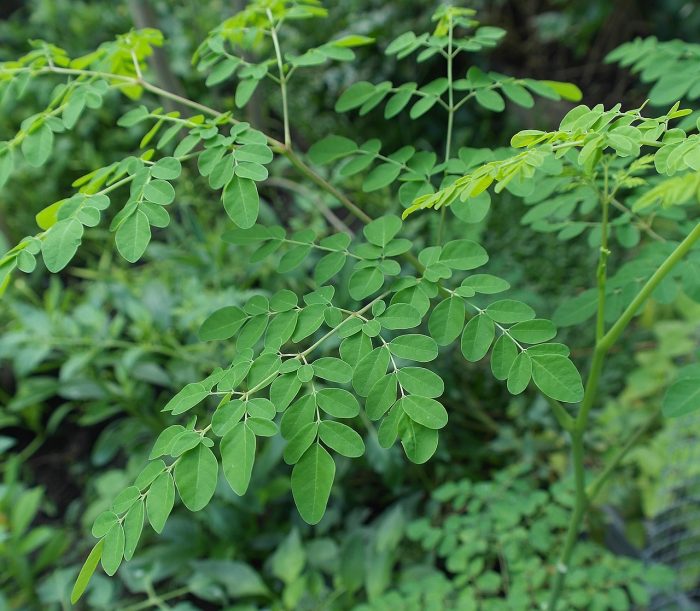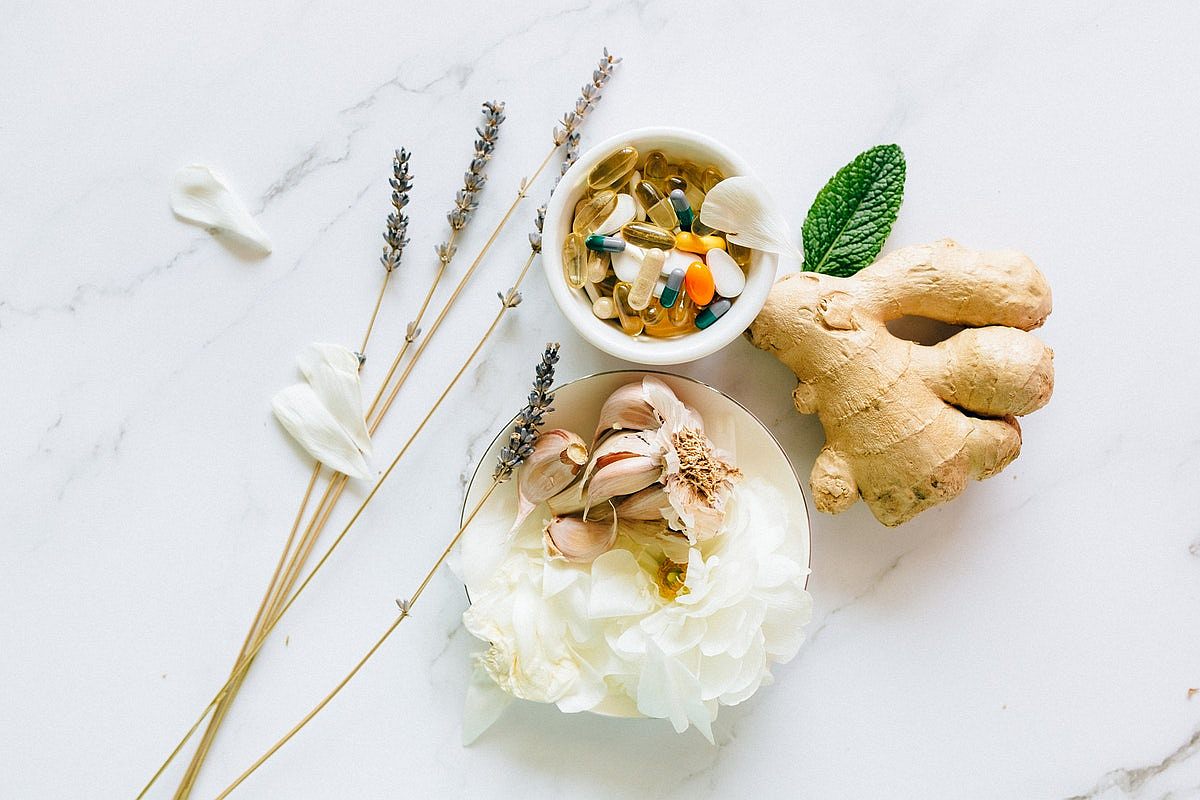If you’ve heard moringa oleifera touted as “the miracle plant” that can supposedly prevent over 300 diseases, it’s only natural that you’d be suspicious of such seemingly outlandish claims.

This article will tell you everything you need to know before considering adding this plant in any of its various forms to your diet.
What is moringa oleifera?
Moringa oleifera is a tree native to the sub-Himalayan regions of India, Pakistan, Bangladesh and Afghanistan.
Known by many names such as the drumstick tree, the horseradish tree, the benzolive tree and the mulangay tree, it has long been consumed and used as medicine by humans.
It is now widely cultivated in Africa, South America, and Hawaii.
What is edible in Moringa Oleifera tree?
Every part of the tree is edible and packed full of nutrition. Moringa leaves and seeds are an especially superior source of vitamins A and C, calcium, iron, potassium, antioxidants, all the essential amino acids, and even protein.
It is quite unusual to find such a wide variety of nutrients in such high quantities and in just one plant.
What’s more, many claim that moringa is effective for preventing and curing a wide variety of illnesses.
What are its uses?
Because it can be grown cheaply and quickly and is available even during the dry season when food is scarce, moringa has been advocated by many as a go-to source of nutrition for people in third-world tropical countries.
It is also gaining popularity as a supplement in the developed world.
The leaves can be preserved for long periods without refrigeration and can be eaten raw or cooked.
They are often dried, made into moringa powder and added to food or mixed with water to drink as an herbal tea.
The immature drumstick-like pods can be prepared just like green beans, and oil can be extracted from the mature pods.
The oil is sweet, non-sticking and non-drying, and it never goes rancid. It is excellent for cooking and can also be applied to skin as a moisturizer.
The seeds can be removed from the mature pods and have a peanut-like flavor when roasted. The seed cake left over from oil extraction can even be used to purify water!
The moringa tree has traditionally been used to treat many health problems including anemia, arthritis, cancer, diabetes, stomach pain, headaches, inflammation, heart problems, thyroid disorders, and much more. Traditional Ayurvedic medicine claims that moringa can prevent and treat over 300 diseases!
Other uses for moringa tree
Moringa trees produce certain chemicals that have been reported to reduce blood pressure and even prevent cancer.
In one study, researchers found a dramatic reduction in skin cancer in mice who had been fed moringa seedpods.
However, because not all of these findings are supported by placebo controlled, randomized clinical trials in humans, they are still relatively unknown and have not been entirely accepted by Western medical practitioners.
This doesn’t necessarily mean the moringa tree doesn’t have these miraculous properties, but more rigorous research is needed to know for sure.
Are there any dangers in eating moringa tree?
Recent studies have shown that it may not be safe to consume the root of the tree, which may contain potentially nerve-paralyzing substances.
It’s also not a good idea to consume moringa root if you’re pregnant or may become pregnant, since it could cause a miscarriage.
On the other hand, there are no known negative side effects of consuming moringa leaves, seeds, or oil, which have been shown to contain no toxins and seem to have nothing but a positive effect on health and energy levels.
What’s more, nursing mothers who add moringa leaves to their diets seem to have increased milk production. In fact, pregnant women in developing countries are being encouraged by experts to take moringa powder as a way to prevent malnutrition in their children
Where can I buy moringa products?
Moringa tea, powder, seeds, and oil are available at health food stores and can also be ordered online through specialty shops.
By Elsa – Senior Editor of Omigy. She holds a Master in Biology and is passionate about eating healthy and nutrition. Elsa is currently re-educating patients in eating healthy and reducing fat food consumption. She consistently support both the physical and mental health of her patients as she believes there is no better way to enhance their lifestyles.



Leave a Reply